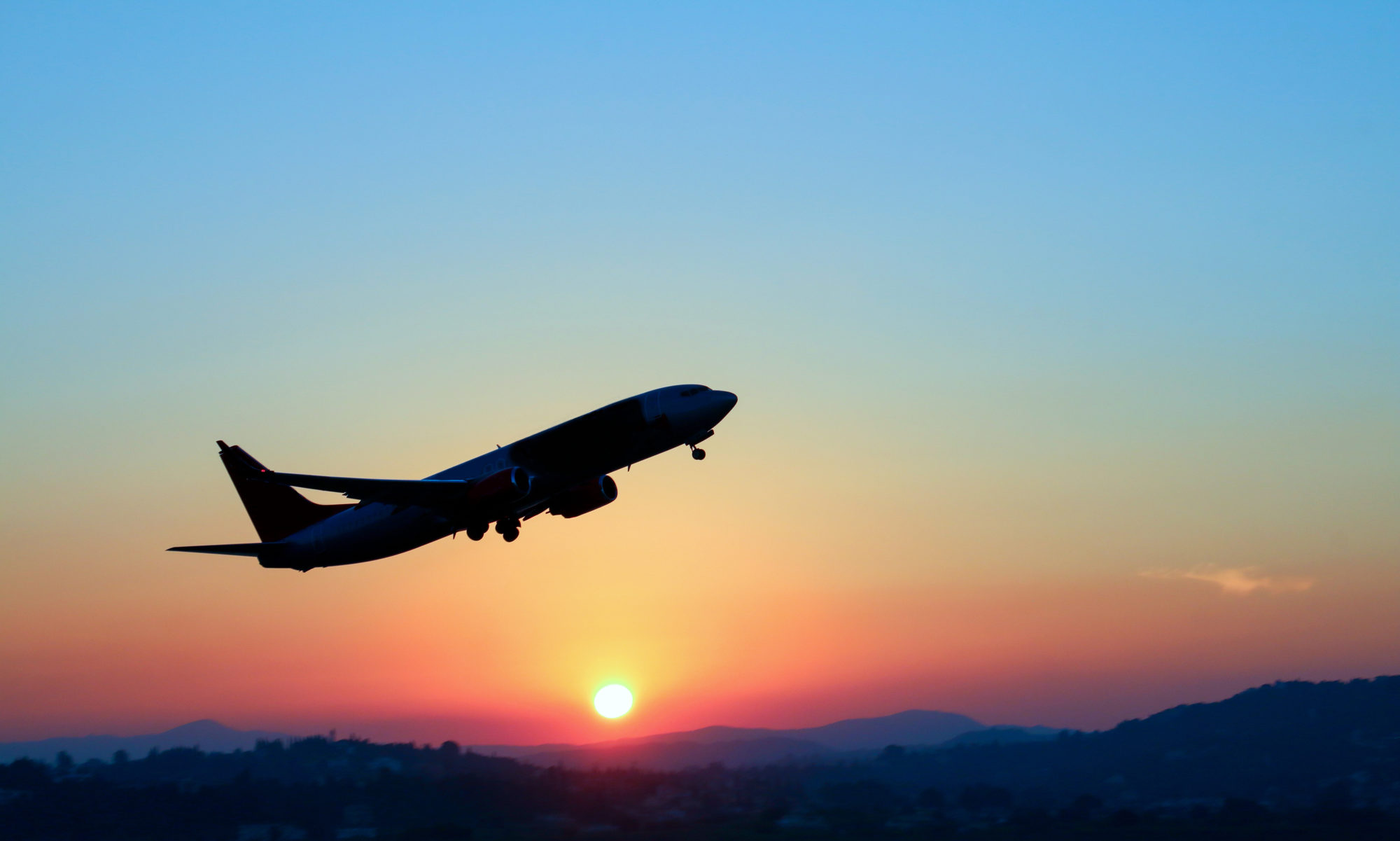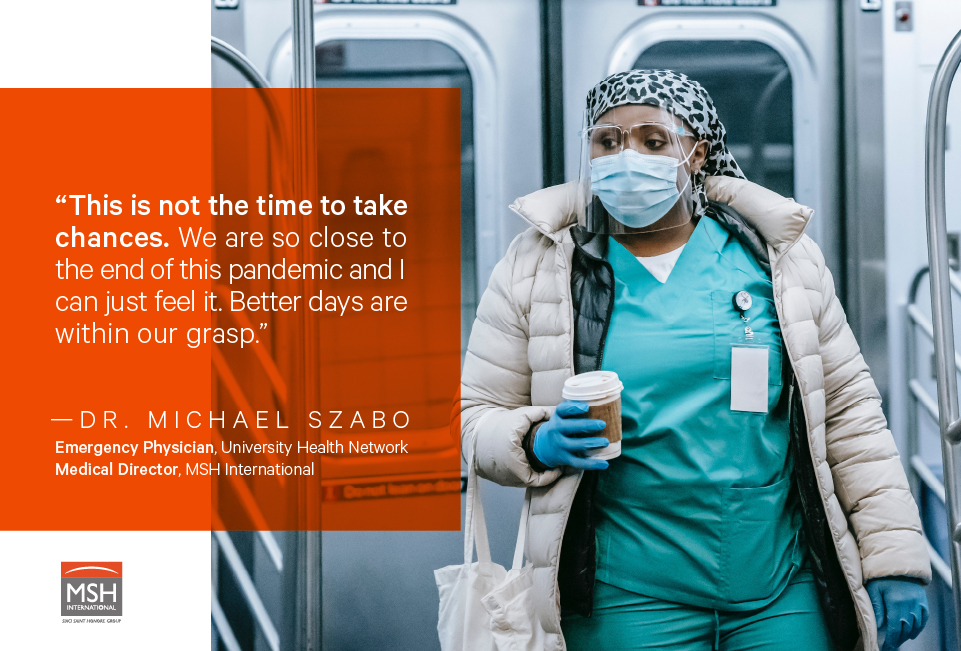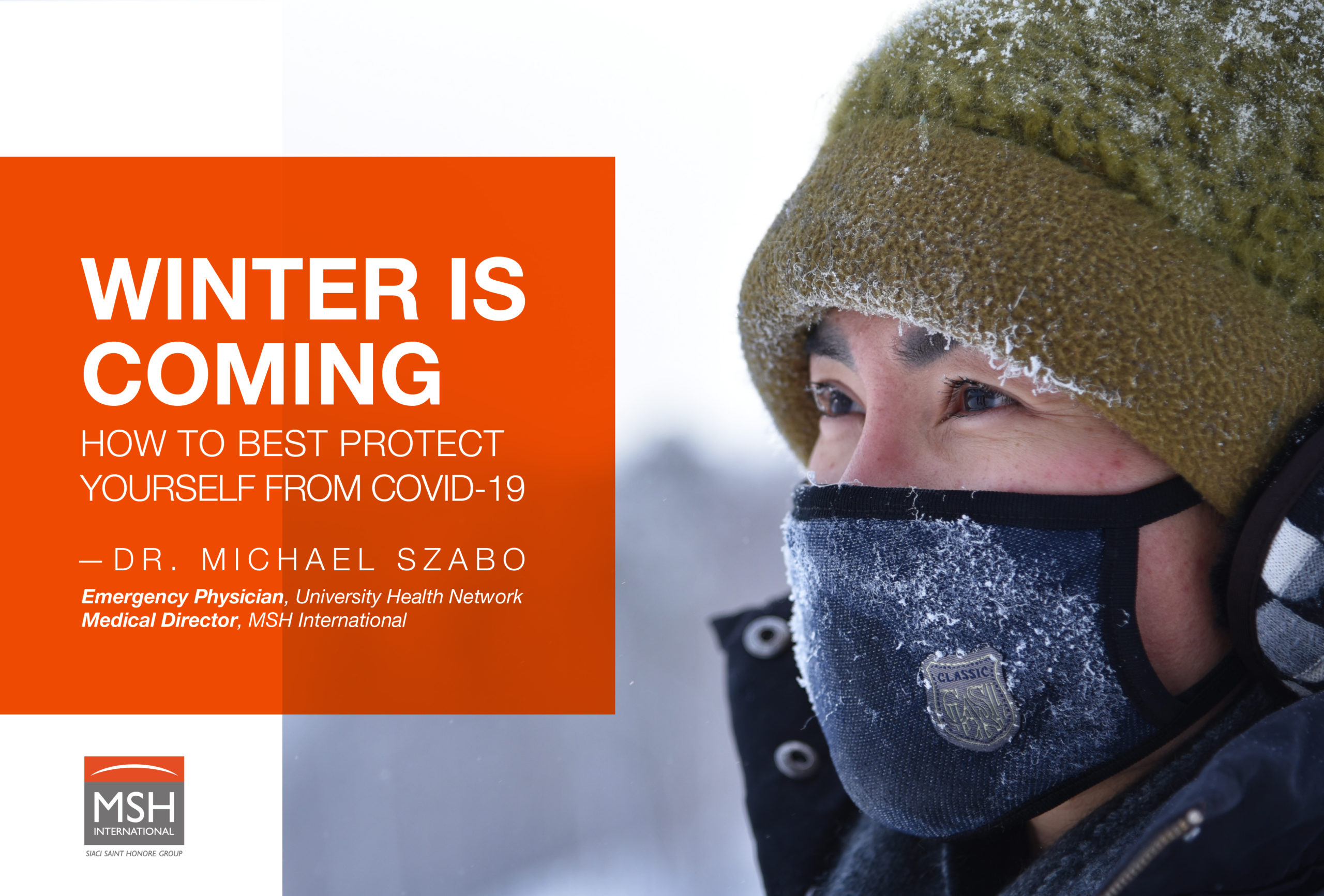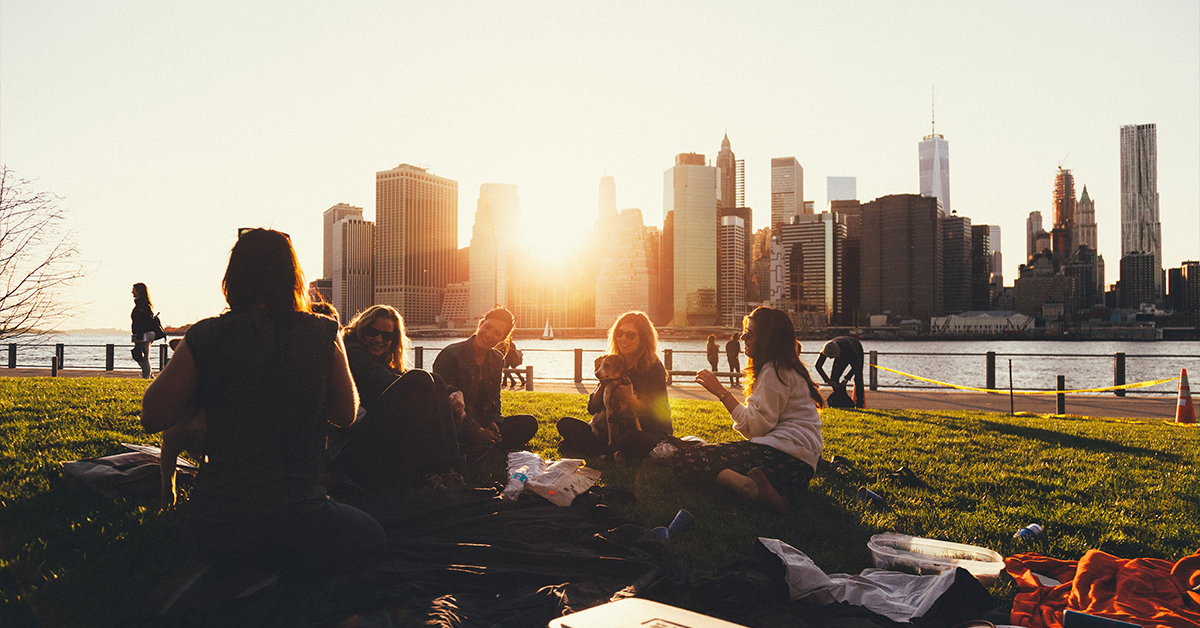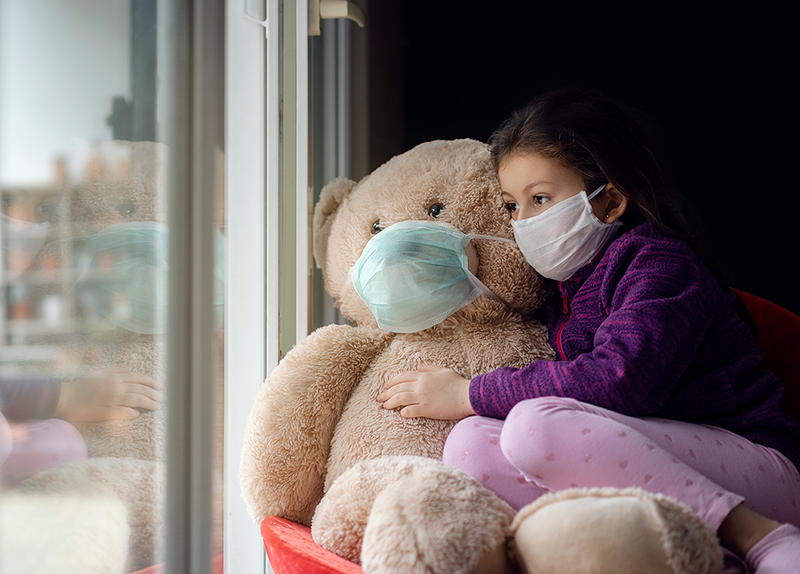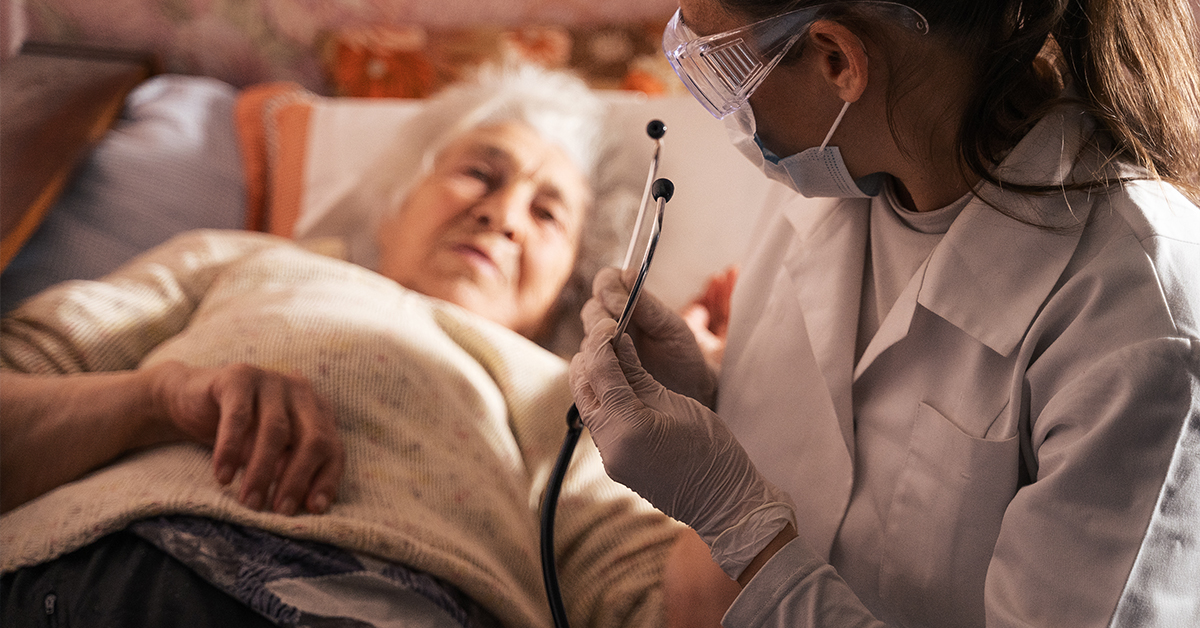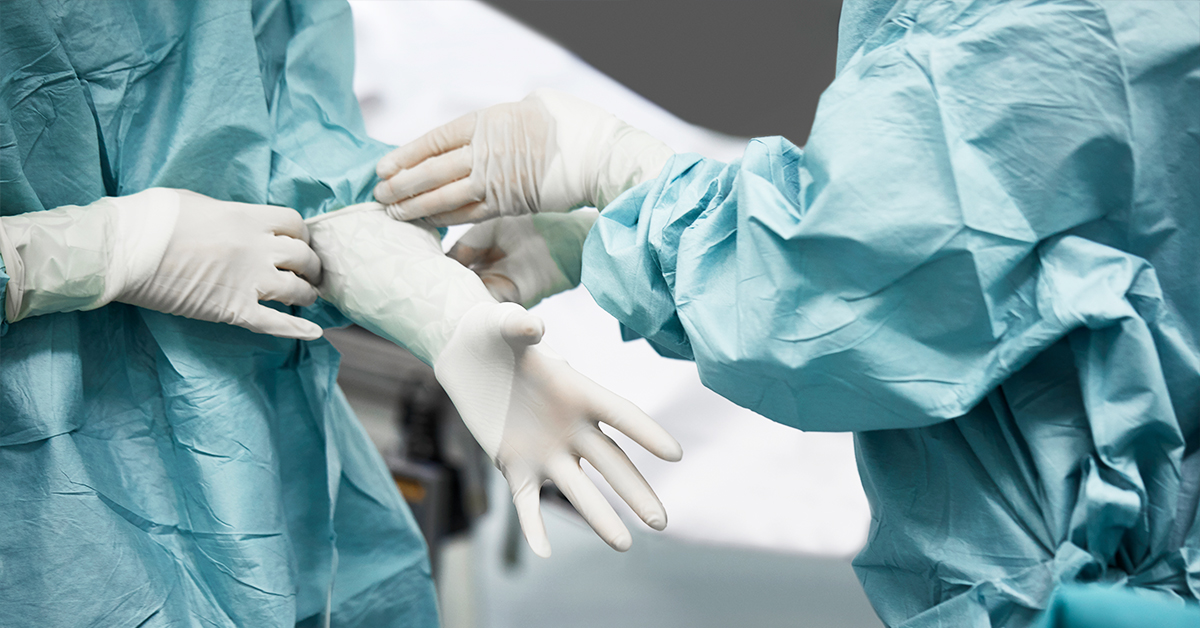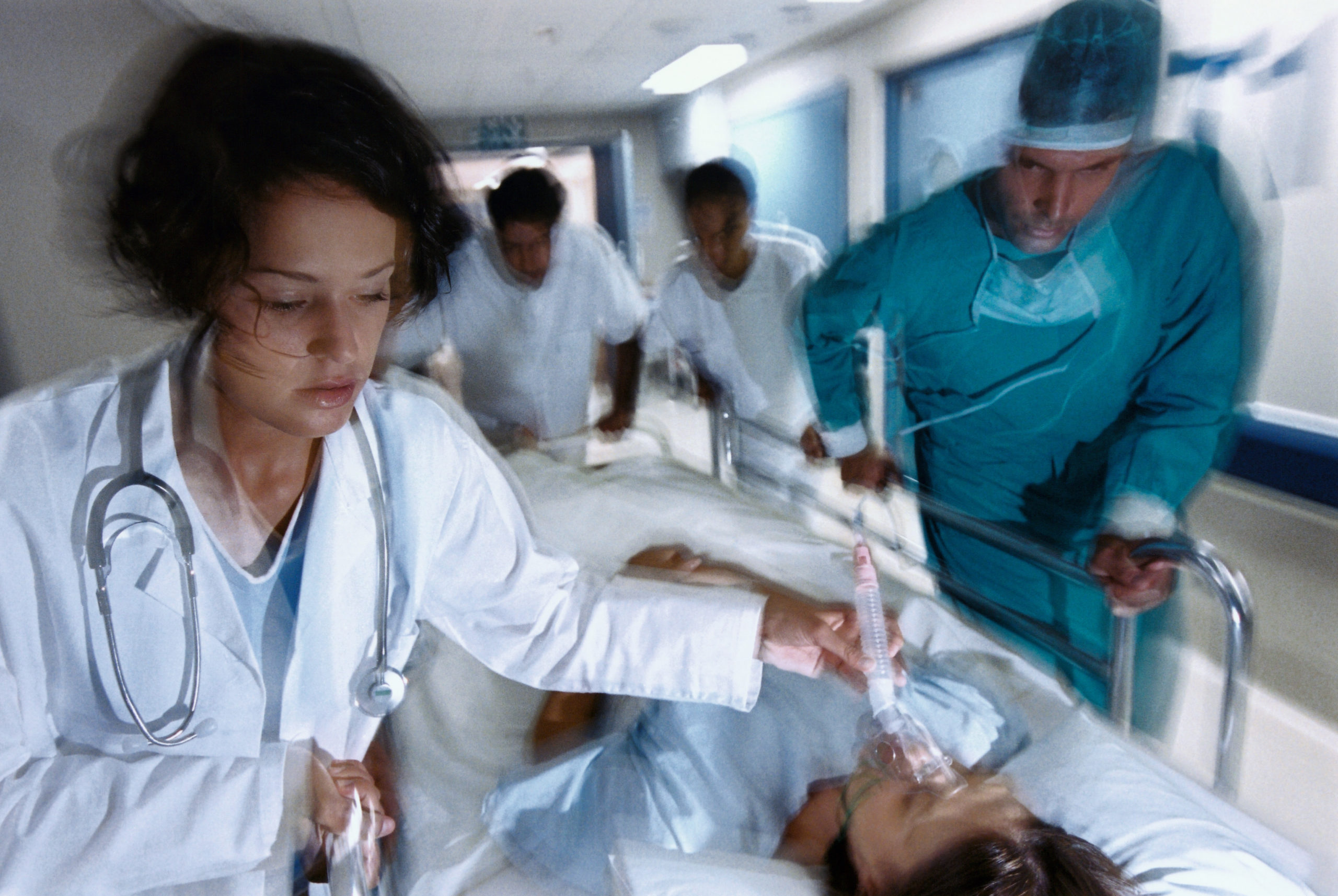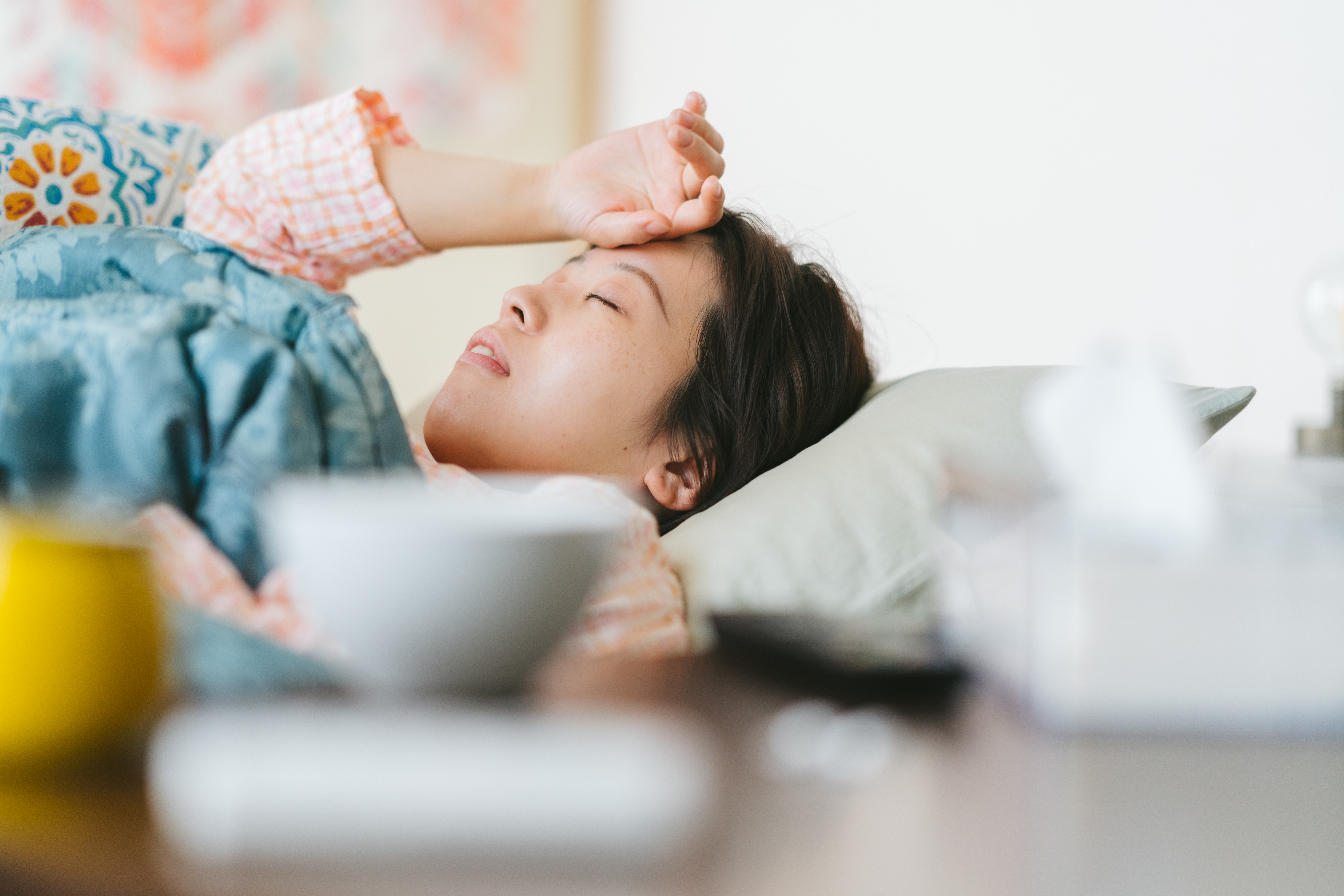Here we are at the end of January 2021, and it will soon be a year that we have been living through the pandemic. It’s been a difficult year with ups and downs, but I would consider right now to be the toughest time in the pandemic.
When it all started in March 2020, we were in a state of shock. Suddenly, it became apparent how widespread the infection had penetrated in North America and around the world. We saw a serious situation unfold in Italy and New York City. We quickly shut everything down, hoping to gain some understanding of what exactly was going on and what we needed to do to contain the outbreaks. Then we slowly relaxed the stay-at-home measures and instituted newer ones, like wearing masks and physically distancing. In short, we learned how to be able to move around the world more safely: what to do and what not to do.
Our new “freedom” helped our collective moods. In the summer, camps for children were cancelled and indoor dining in restaurants remained a risk, but at least we could be outside and gather socially with friends in small, physically distanced groups. We could visit an outdoor patio at a restaurant, or swim at a pool or beach. We could play sports like tennis, golf, or baseball. It wasn’t in any way completely normal but at least it was something.
With the arrival of fall, we have seen a gradual restriction of our activities. The virus has surged again. This is understandable given the change in climate which restricts outdoor activities. People are congregating more inside, and viruses really like that, because that makes it easier to spread. Viruses also tend to spread more easily in colder climates as warmer weather makes it harder for them to survive. We knew it was likely for things to unravel again in the fall and winter, and we were right. We have lived through and are now in the midst of the second wave and it isn’t proving to be easy.
But we have a big reason to have hope now. The COVID-19 vaccine is here. It’s the durable solution that we had all hoped for and it came much more quickly than we expected, thanks to the wealth of resources devoted to its development. It has a strong safety profile and most importantly has been shown to be very effective. As a front-line emergency physician, I have had both of my doses. Being vaccinated has allowed me to go to work with some peace of mind, with the ability to better focus on helping the many people in need of assistance at this most difficult time.
Unfortunately, this good news is tempered by the reality of some recent developments. There are new variants of the virus circulating. These new variants are more infectious, meaning that the virus is passed more easily from person to person. It remains unclear, but there are also some concerns that these variants can make you more sick and more likely to have complications.
This development is a bit of a setback. It means that we need to be even more careful now. The public health restrictions need to be intensified. The fact that we are in the thick of winter when this situation has changed doesn’t make it very easy. Most of us are stuck inside our homes all day, working from home, some of us with children doing virtual school, with all the inevitable technological glitches and challenges that complicate our days. Many people are even more isolated than before, as even sitting outside or going for small walks can be hampered by the weather. The impromptu small social interactions are fewer and fewer. At least in the summer we could go and sit on a park bench or on a beach and feel somewhat normal. Most of us are feeling far from normal right now, and that is hard.
But then there is the reality of the vaccine which is the light in the distance. It will be there eventually for all of us, just like the spring and warmer weather… if we can just get there. The vaccine is still effective against the new variants, thankfully. The next few months will be tough, but we must hunker down and get through them and do our part to keep the virus at bay. Especially now with the variants in our midst, we must double down on our efforts to avoid close contact with others outside of our household. No social gatherings. No travel. Keep shopping trips to a minimum, as we know indoor spaces are the riskiest places. We should wear good quality, 3-ply masks whenever we are in those locations and limit our time there.
Most importantly, we all need a specific strategy to address our mental health. If we are able, trying to get outside daily and go for a walk for at least half an hour is a great simple rule to institute for ourselves. Even seeing other neighbours at a distance and saying “hi” can do wonders. Other safe activities include hiking, skating, or tobogganing. We must be mindful, however, that getting too close to others, even while outside, can be a risk. With the new variants, transmission occurs more easily. We must distance ourselves when outside and even wear masks when needed. This is not the time to take chances. We are so close to the end of this pandemic and I can just feel it. Better days are within our grasp.
